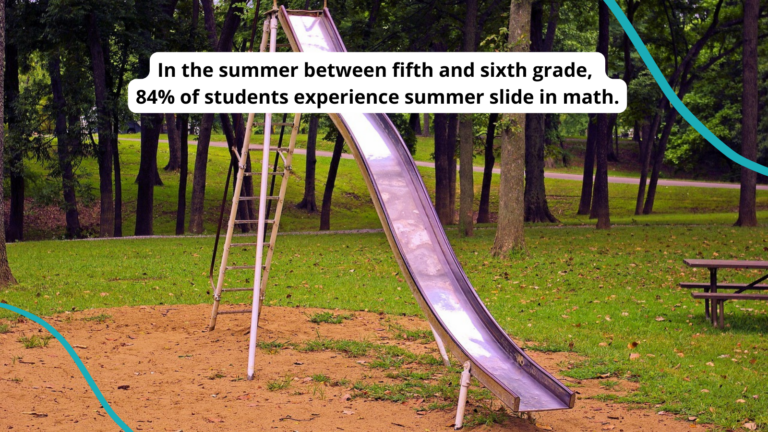When you step outside your classroom and into the great outdoors, you can find inspiration like no other. Sunshine, trees, birds, fresh air … they somehow make us happier, relaxed and more creative. With most kids averaging more than seven hours of screen time a day, it’s time to take a step back and let nature inspire. After all, it’s what it does best. Here are 50 ideas and tips to teach with nature.
1. Have a picnic.
Take a day to have a picnic lunch outside with your students. It’ll be like a field trip (hooray for the kids!) without the chaos of going anywhere (hooray for you).
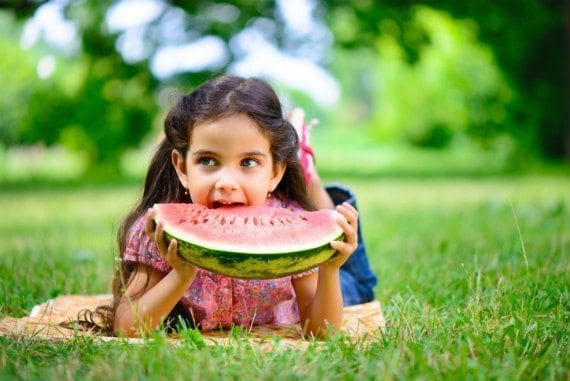
2. Research your state nature symbols.
Many kids will get to know their state bird and flower, but there can be many others like state fish, mammal, tree, etc. Have students pick one to draw, write about or study.
3. Create a schoolyard habitat.
Check out the Garden for Wildlife program with the National Wildlife Federation. If you can provide the basics like food, water and shelter, then you can certify your school.
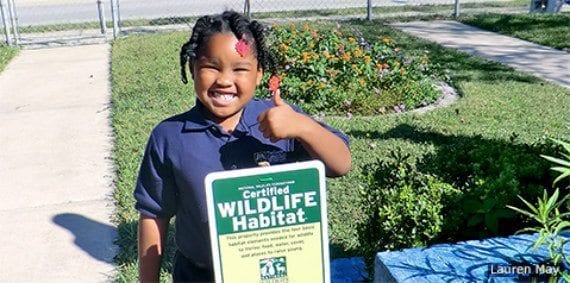
4. Create a nature art area.
Have a space in your classroom where students can make art out of sticks, rocks, leaves, etc.
5. Get to know Nature Works Everywhere.
This is an eye-opening program from The Nature Conservancy to help you teach with nature. The website is filled with lessons, videos and more dreamy resources for teachers.
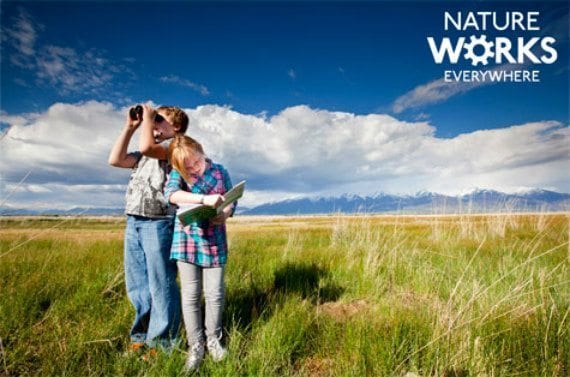
6. Make s’mores!
As a special reward for your students hitting a reading milestone, make s’mores in the classroom. You’ll probably have to skip the campfire, but a toaster oven or just using marshmallow fluff will be a fine alternative.

7. Do a soil test.
Sometimes to teach with nature, you have to get dirty. You can learn a lot about the dirt in your own backyard or schoolyard. Here’s a simple soil test to try.
8. Bring animals into the classroom.
Inquire with your local wildlife rehabilitation center to see if they do classroom visits. They might charge a fee to bring in animals like bats and owls, but your students will learn a tremendous amount about wildlife firsthand.

9. Hang nature art.
Mountains and beaches not only soothe your soul, they can soothe your students too.
10. Learn to ID the trees around your school.
Here’s another great reason to get kids outside. Have them collect leaves from around the school, then use field guides and ID books to figure out what trees they came from.

11. Make ice cream!
This sounds too good to be true, but it’s not. This recipe explains how to make ice cream using coffee cans. The best part is students do all the work by rolling the can back and forth for the ice cream to set.
12. Adopt a classroom pet.
This will likely make you the most popular teacher in school. Hamsters, lizards, fish and spiders are all good options.
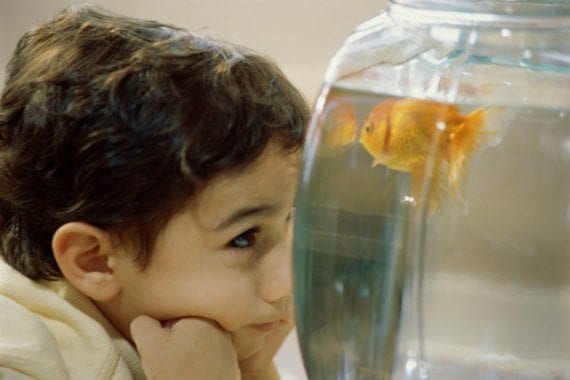
13. Make rainbows.
When you study rainbows and how they are made, use a sunny window or go outside to make your own. You can find a few different ways to make rainbows, but this is a simple one that only requires three things.
14. Raise butterflies.
Before the weather turns cold, raise butterflies from the chrysalis stage, and then release them into the wild. Before you order one of those classroom kits, try looking for caterpillars in the wild. (Hint: Look for monarchs on milkweed plants.)

15. Sign up to recycle.
Check out PepsiCo’s Recyle Rally program, where your class and school can earn great prizes through recycling efforts.
16. Order up some owl pellets.
We like ordering from this source. Once you have them, start digging in to see what you can find.
17. Explore the national parks.
If you’re a fourth-grade teacher, then you especially have to do this because all of your students are eligible to get a free pass to all the national parks, including Yosemite (pictured here). However, even if you teach a different grade, the national parks make great content to study.
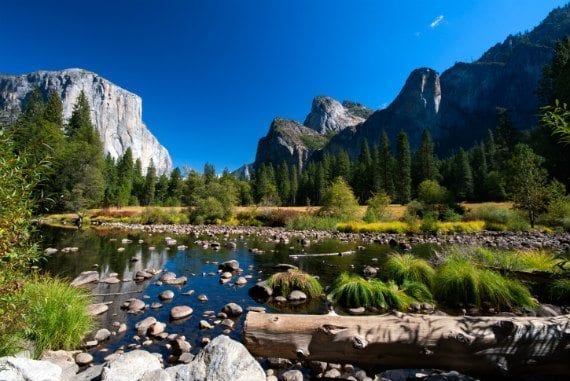
18. Discover the value of Project Learning Tree.
If you like to teach with nature, then check out Project Learning Tree. It’s one of the best around and is really known for its approach to environmental education.
19. Have a featured animal of the week.
Even if you live in the city, there are dozens of types of wildlife in your neighborhood and city. Assign students different weeks, and have them do a short report on the animals that can be found in your area.
20. Organize a nature show and tell.
Challenge students to bring something they find from their backyards or nearby parks. Even something simple like having each child bring in a rock and telling the story about where they found it can be fun.
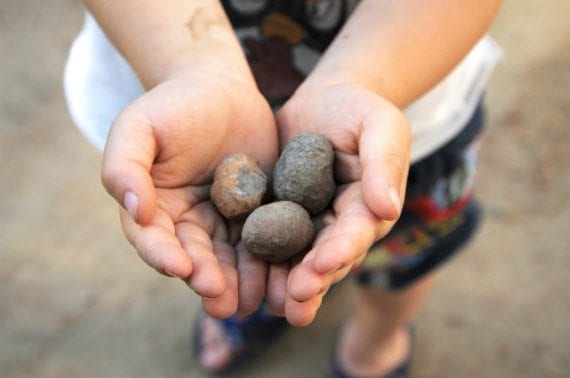
21. Watch the monarchs.
The monarch butterfly is in danger and needs our support. Teach your kids about the importance of this gorgeous insect, and sign up to get involved in the Monarch Watch program through the University of Kansas.
22. Make a video.
Teach with nature and technology! Have students explain their favorite thing outside or in nature. Share it with parents through your weekly newsletter or during an open house. You can do this around Earth Day or any time!
23. Feed the birds.
Even if you can’t maintain a feeder year-round, you can still try your hand at feeding birds. A good starter feeder and seed is thistle because squirrels leave it alone.

24. Measure rainfall.
You can make your own rain gauge and put it out to see how much rain you get. Here’s a good guide on how to make a proper design.
25. Make refrigerator pickles.
Many kids don’t realize that pickles come from cucumbers (um yes, we’re serious). This recipe will require you to heat up a few ingredients (which you could do ahead of time), but other than that, it’s very easy to do in the classroom.
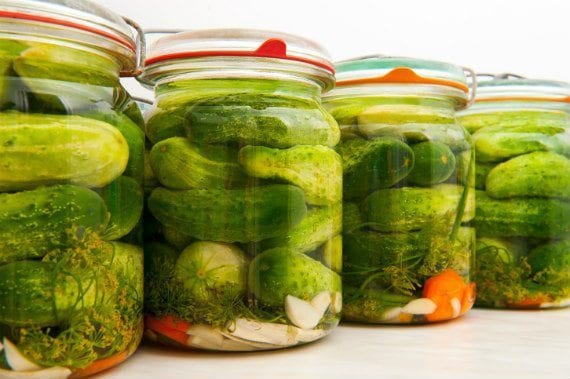
26. Save flower seeds.
Collect flowers from your backyard or around the school, then teach kids how to save the seeds. A simple paper bag wrapped over the flower head, turned upside down for a few weeks, should do the trick. Save the seeds, and then send them home with the students in spring to plant in their own backyards.

27. Make your own slime.
This one is perfect around Halloween or really anytime. There are plenty of slimy things in nature. Plus, who doesn’t like slime?
28. Grow some flowers for the holidays.
Plant some amaryllis in the next few weeks. You can buy one of those kits you see in the store, or just get the bulbs on your own. If you get the timing right, you’ll have gorgeous blooms ready for your class holiday party.

29. Make bird feeders.
The pinecone feeder smeared with peanut butter and rolled in birdseed never gets old. Though if you’re looking for an update, try making these birdseed cupcakes.

30. Grow microgreens.
You can buy special seeds or just use seeds like sunflower seeds. Once they reach an inch or two, you can pinch them off and eat them. By the way, the nutritional value in these little sprouts is through the roof!

31. Get outside even when it’s cold.
Just because it snows or the temperatures drop doesn’t mean you shouldn’t go outside. Bundle up with the students and try this colorful ice ball project. You can teach with nature to learn about freezing point of water with balloons, water, and food coloring.
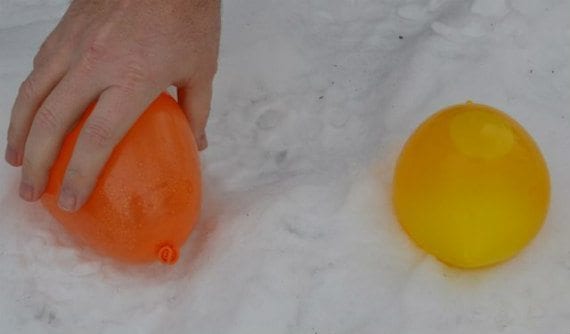
32. Celebrate the first day of a new season.
Whether you celebrate the winter or summer solstice or the spring or autumn equinox, do something special to recognize the seasons.
33. Plant a tree.
This is a wonderful gift that students of your class or school can leave for the future. Hold a special classroom fundraiser to raise enough money to plant a tree, and then celebrate on planting day.
34. Go geocaching.
Borrow a geocaching unit and look for sites around your school, or create your own. This is also fun to take along during a field trip.
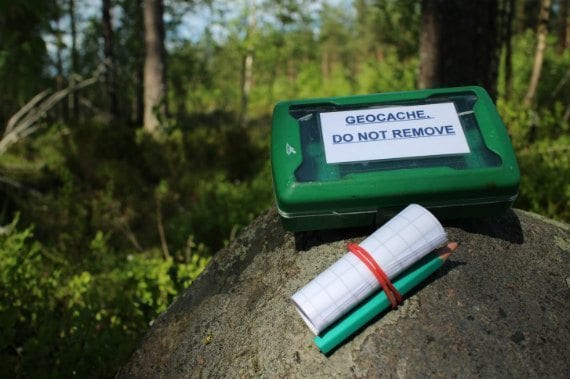
35. Compost the leftovers.
This will take a bit more organizing, but it’s very rewarding for those who are a little more ambitious. You can even create compost bins in your lunchroom.
36. Explore eBird.
This is an addictive tool from Cornell Lab of Ornithology. Explore the data in your region to find out all the different bird species (like these blue jays) you should be on the lookout for.

37. Look up.
This one is so easy, you don’t have an excuse to not do it. Take your students outside, lie down on the grass and just look up. Have them sketch or write about what they see up high or in the clouds.

38. Apply for a garden grant.
The National Garden Association keeps an up-to-date list of all the youth and school gardening grants available.
39. Add a few reading stumps.
Your reading center is about to become the coolest in the school by adding tree stumps.
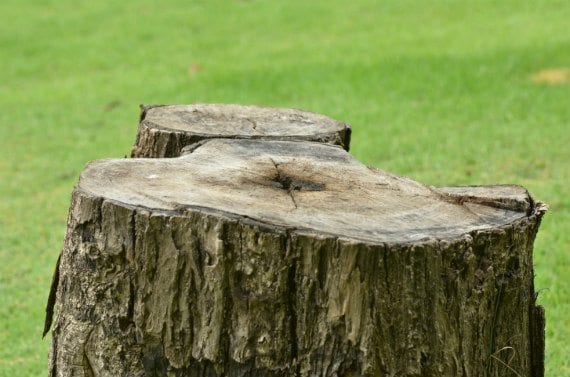
40. Stock your bookshelf.
If you have a reading area, make sure you have nature books in the mix. If not, talk to your school librarian to request a few new titles.
41. Grow garden herbs inside your classroom.
As they get bigger, let your students pinch off little pieces to taste.
42. Create an outdoor explorer backpack.
Equip it with a magnifying glass, binoculars and other items with which you can explore the outdoors. Allow kids to check it out, or let them use it on special occasions.
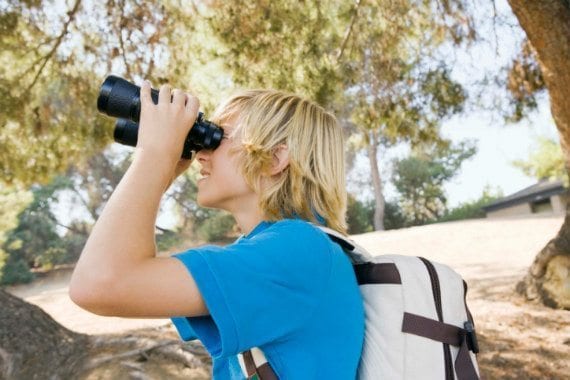
43. Have a classroom bug box.
Bug boxes are a fantastic way to get a closer look at what’s crawling around your schoolyard. Bring them into the classroom, and then be sure to always let them go.
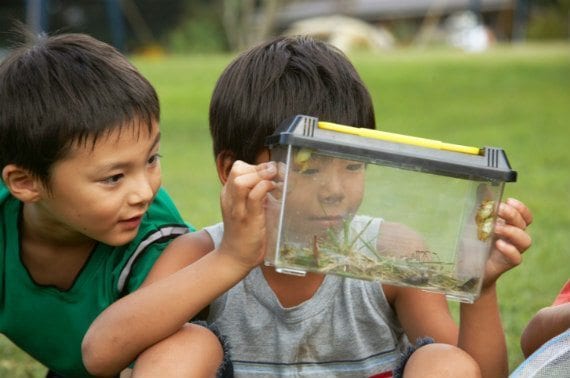
44. Watch a bird’s nest.
Bookmark this hummingbird nesting site and this owl nesting cam. Then in a few months, pull them up—your students will love this up-close look at nesting birds.
45. Encourage photography.
Whether you have a classroom camera that students can check out, or you encourage them to bring in nature photos from home, photography is a wonderful way to capture nature.
46. Use the microscope.
So many microscopes sit there unused, collecting dust. Be sure to make the most of yours to get a closer look at dirt, tree bark and more.

47. Grow your own food.
Even if you don’t have a formal school garden, don’t let it stop you from growing your own food. Try crops with short growing seasons (like lettuce, carrots and peas) so your students don’t get impatient. You can also plant garlic (and other bulbs) in fall to reap the rewards in spring. This is a great way to teach with nature and talk about healthy eating.
48. Plan a field trip around nature.
Challenge yourself to go beyond the zoo for this one. Look for a bird observatory, nature center or botanical garden to visit instead.
49. Look for scat and tracks.
Students will love going on a hike to look for animal scat and tracks. Be sure to take pictures so you can identify what you find later on in the classroom. Yes, goose poop needs to be documented!

50. Literally teach with nature as your classroom.
Go outside as much as possible with your students. Instead of talking about trees, go and look at them instead. Or take your science lesson for the day outside on the grass. Learning in nature is a beautiful thing.
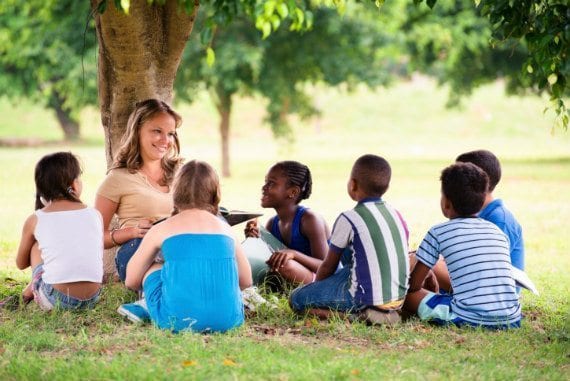
How do you teach with nature? Share your ideas in the comments to be featured in our next tips post!

